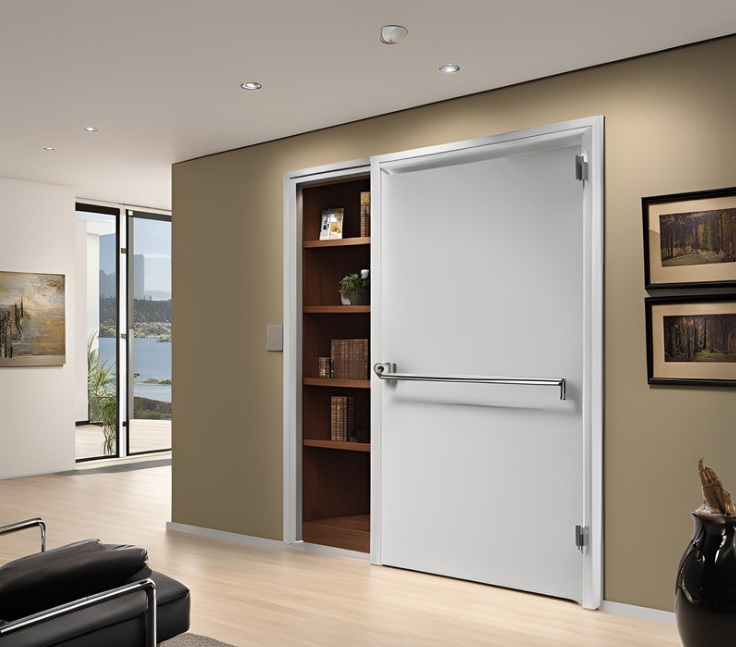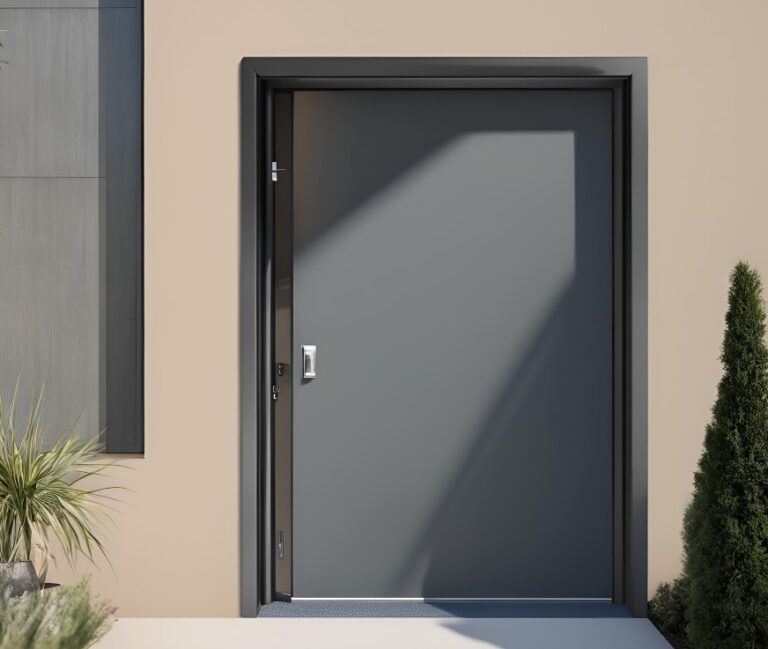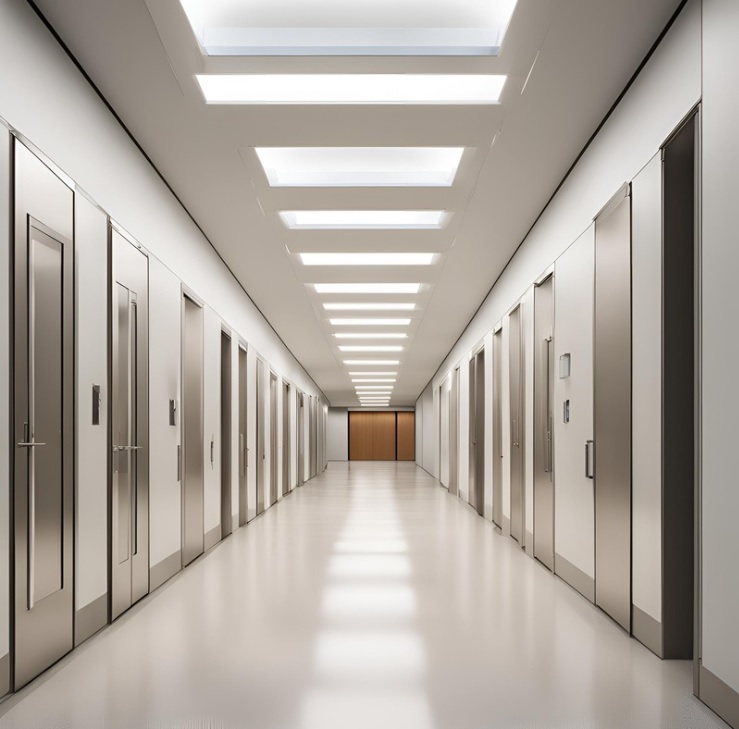Have you ever admired a minimalist interior design and wondered where all the utility boxes and electrical panels went? The secret lies in recessed access doors.
These discreet panels seamlessly blend into walls and ceilings, providing concealed access to essential systems without compromising a space’s aesthetic appeal. Interested in adding these solutions to your residential or commercial space? Let’s uncover everything you need to know about recessed access doors.
Trends in Modern and Minimalist Interior Design
In today’s fast-paced and increasingly complex world, more people appreciate spaces that offer visual calmness and thoughtful organization. This shift has sparked several trends, reshaping how architects and interior designers approach home and commercial spaces.
Minimalism and Clean Lines
The minimalist movement isn’t just a passing trend. In fact, several studies, including this paper, emphasize how minimalism is becoming a way of life for many consumers. A survey conducted by RentCafe in 2022 also found that 59% of respondents preferred a clean and minimal design for their homes.
And it makes sense, doesn’t it? A well-designed room, free from visual clutter, helps individuals feel more relaxed and focused.
Hidden Storage and Concealed Access
But here’s where it gets interesting. As the demand for minimalism grows, architects and interior designers find clever ways to hide storage spaces and building systems. This approach allows for a clutter-free and visually appealing area.
This is where recessed access doors shine. These doors blend into walls and ceilings, concealing essential utilities and equipment while maintaining easy access.
What Are Recessed Access Doors?
Recessed access doors are discreet panels that provide concealed access to essential utilities and equipment. These doors typically have a door frame, panel, and hinge mechanism.
The frame is installed flush with the wall or ceiling, while the panel is secured to the frame with hinges. When closed, the door panel is nearly invisible, maintaining a clean and uninterrupted surface.
Recessed access doors come in various types to suit different applications and building codes, including the following:
- General Purpose Recessed Access Doors: These are the most common type, designed for general access to electrical panels, plumbing fixtures, and other utilities.
- Fire-Rated Recessed Access Doors: For areas requiring compliance with fire codes, including the NFPA 80,these access doors are ideal. They are built with intumescent seals and fire-rated materials to delay fire and smoke spread in a building.
- Insulated Recessed Access Doors: Equipped with advanced thermal barriers, these doors offer temperature control and sound dampening for climate-sensitive spaces.
When it comes to materials, recessed access doors offer several options. These include:
- Steel: Steel is a durable, cost-effective option with good strength and rigidity.
- Stainless Steel: This material is corrosion- and dust-resistant, making it a top pick for humid or wet environments.
- Aluminum: This lightweight yet durable material is excellent for exterior and modern architectural designs.
- Glass Fiber Reinforced Gypsum: Residential and commercial buildings often use access doors made from this material since they integrate well with drywall surfaces.
The Benefits of Recessed Access Doors
When considering options for a property or project, recessed access doors offer many advantages. Let’s explore why they have become increasingly popular among architects, builders, designers, and property owners:
Aesthetics
Gone are the days of unsightly utility panels disrupting interior design. Recessed access doors sit flush with the walls or ceilings, maintaining the visual flow of space. Whether it’s a minimalist penthouse or a sleek commercial building, these doors ensure that necessary access points to pipes, wires, or appliances don’t become eyesores.
Functionality
Here’s where recessed access doors truly stand out. They provide easy access to essential utilities and equipment, such as electrical panels, plumbing fixtures, and HVAC systems. This convenient access simplifies maintenance and troubleshooting tasks. By concealing building components, recessed access doors also protect them from damage, theft, and unauthorized access.
Durability and Longevity
When properly maintained, recessed access doors can last several years. Their robust construction and advanced manufacturing techniques contribute to their durability and longevity.
Applications in Design and Construction
These versatile solutions can be applied to a range of design and construction projects. To give you an idea, here are some of them:
Residential Applications
In residential settings, recessed access doors can conceal electrical panels, HVAC systems, and plumbing fixtures, creating a modern look in kitchens, bathrooms, and basements. Hiding these essential components allows property owners to achieve a more minimalist and aesthetically pleasing interior.
Commercial Applications
Commercial spaces, like retail stores, offices, and hotels, can benefit greatly from recessed access doors. These doors can hide wiring, cabling, and other utilities, supporting a clean and polished appearance. Additionally, they can help protect sensitive equipment from unauthorized access and damage.
Institutional Applications
Institutional settings, including hospitals, schools, and government buildings, have specific access control and security requirements. Recessed access doors can help secure sensitive equipment and utilities while meeting strict building codes and regulations.
Conclusion
Recessed access doors offer a stylish and functional solution for concealing essential utilities and equipment. They enhance the aesthetic appeal of any space, whether it’s a minimalist residential property or a modern commercial building.
When considering your next renovation or construction project, remember the value of recessed access doors in creating a sleek, organized, and visually pleasing environment.




